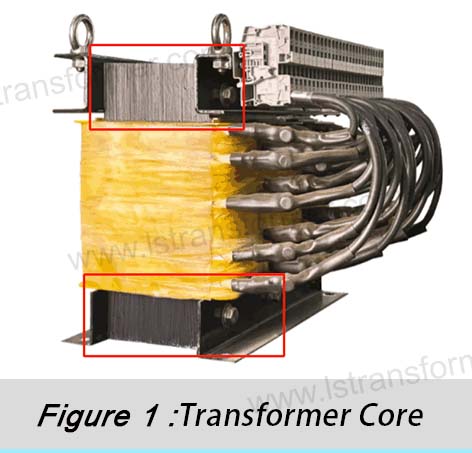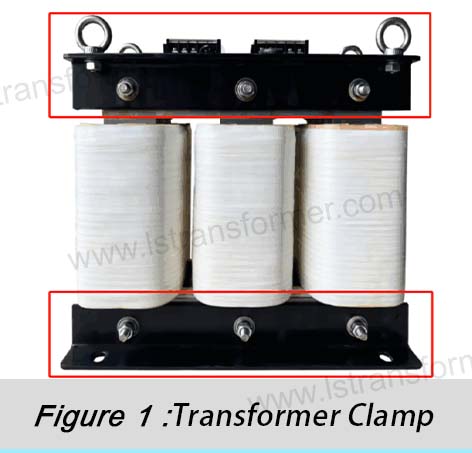What are the Reasons for the Noise Generated by Transformers?
What are the Reasons for the Noise Generated by Transformers?
Transformers will inevitably generate noise during operation. Understanding the reasons for the noise is crucial for reducing noise, optimizing transformer performance, and ensuring the stable operation of the power system. The sources of transformer noise are relatively complex and can mainly be attributed to the following aspects.
Content
● Magnetostrictive Effect of Silicon Steel Sheets
Silicon steel sheets are the main constituent materials of transformer cores. When the silicon steel sheets are magnetized, the magnetic domain molecules inside them will repeatedly expand and contract with the periodic changes of the magnetic field. This molecular movement at the microscopic level has a certain regularity and periodicity, thus generating mechanical vibrations and then forming sound that propagates outward. This is a basic internal mechanism for the generation of transformer noise. The frequency and intensity of the generated noise are closely related to factors such as the material properties of the silicon steel sheets, magnetic flux density, and the frequency of magnetic field changes.
For example, during high-load operation, as the magnetic field strength increases, the expansion and contraction amplitudes of the magnetic domain molecules in the silicon steel sheets may increase accordingly, resulting in louder noise.
●Vibration at the Core Joints
Transformer cores are usually assembled from multiple silicon steel sheets. At the joints, due to the discontinuity of the magnetic circuit, the expansion and contraction behaviors of the magnetic molecules will change. When the alternating magnetic field acts on the joints, the expansion and contraction of the magnetic molecules are no longer as uniform and coordinated as those inside the silicon steel sheets, but instead generate local and relatively complex vibrations, which will cause noise. Different joint methods, such as straight joints and oblique joints, have different vibration characteristics and generated noise under the action of the magnetic field. Generally speaking, the change in magnetic resistance at the straight joints is relatively large, and it is easier to produce relatively obvious vibration noise.
● Component vibration due to electromagnetic force
During the operation of a transformer, an alternating current passing through the coils will generate an alternating magnetic field. The interaction between this magnetic field and components such as the core will generate electromagnetic forces. Under the action of these electromagnetic forces, components such as coils, clamping pieces, and bolts will vibrate. For example, the coils may vibrate radially or axially under the action of electromagnetic forces, while the clamping pieces and bolts may vibrate due to being pulled or squeezed by the electromagnetic forces. The vibrations of these components will interact with the surrounding medium to generate noise, and the noise characteristics are related to factors such as the mass, stiffness, vibration frequency, and mechanical environment of the components.
● Defects in Core Assembly and Manufacturing
During the assembly and manufacturing process of the core, if there are process problems, the noise will also increase abnormally. If the clamping pieces are not tightened tightly, the core sheets will become loose, intensifying the relative movement between the silicon steel sheets. Under the action of the magnetic field, harsh noise will be generated. When the core joints are large, the non-uniformity of the magnetic circuit will intensify, and the expansion and contraction of the magnetic molecules will become more disordered, significantly increasing the noise.
In addition, problems such as defective sheets and overlapping sheets will damage the overall magnetic performance and mechanical stability of the core, triggering local abnormal vibrations and noise. This kind of noise usually has a relatively high frequency and high intensity, which has a relatively large adverse impact on the normal operation of the transformer and the surrounding environment.
In Summary
The noise generated by transformers is the result of the combined effects of multiple factors, such as the magnetostriction of silicon steel sheets, the vibration at core joints, the vibration of components caused by electromagnetic forces, and defects in core assembly and manufacturing. A deep understanding of these reasons helps to take targeted measures during the design, manufacturing, installation, and operation & maintenance processes of transformers to reduce noise, improve the operating quality of transformers, reduce noise pollution to the surrounding environment, and ensure the safety and stability of the power system.
Contact Us
LuShan, est.1975, is a Chinese professional manufacturer specializing in power transformers and reactors for 49 years. Leading products are single-phase transformer, three-phase isolation transformers,electrical transformer,distribution transformer, step down and step up transformer, low voltage transformer, high voltage transformer, control transformer, toroidal transformer, R-core transformer;DC inductors, AC reactors, filtering reactor, line and load reactor, chokes, filtering reactor, and intermediate,high-frequency products.
Our power transformers and reactors are widely used in 10 application areas: rapid transit, construction machinery, renewable energy, intelligent manufacturing, medical equipment, coal mine explosion prevention , excitation system, vacuum sintering(furnace), central air conditioning.
Know more about power transformer and reactor :www.lstransformer.com

 EN
EN
 FR
FR DE
DE ES
ES


